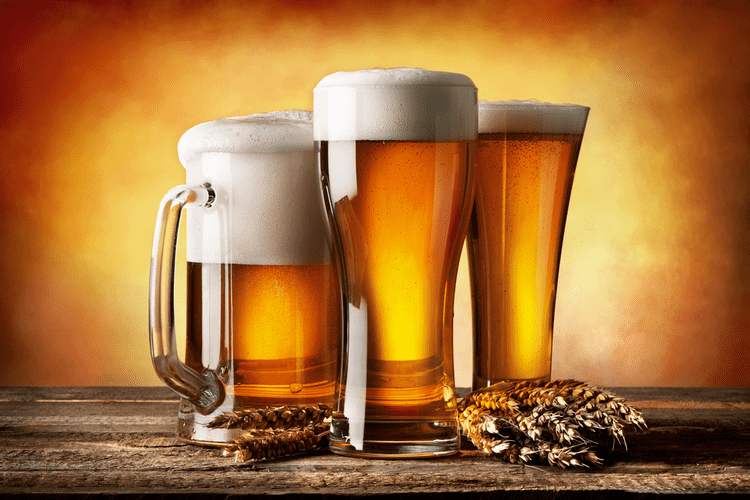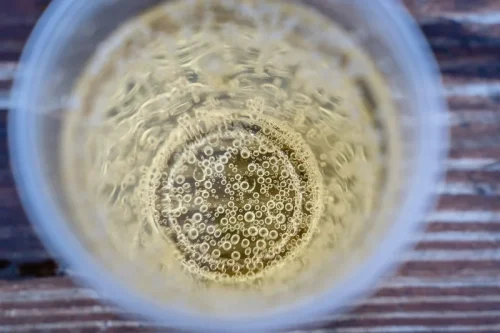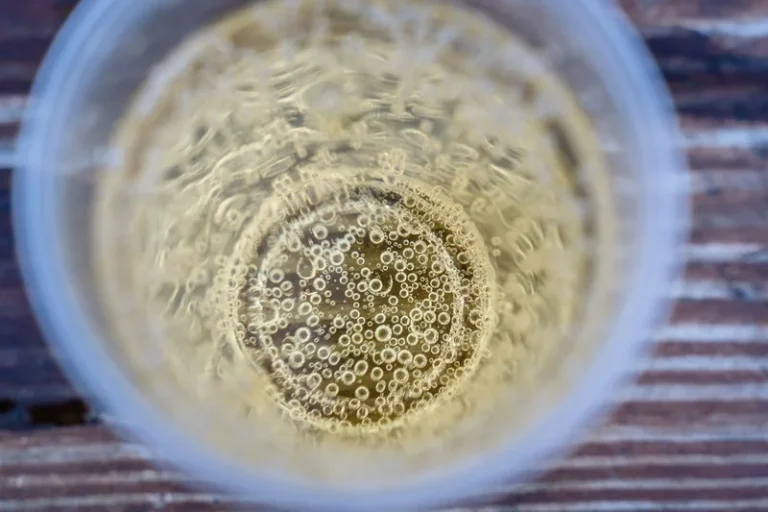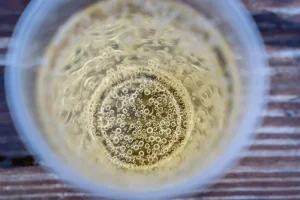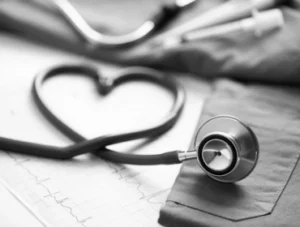
Mel Gibson, the actor and director, has had a highly publicized battle with alcoholism that affected his career and personal life. Gibson’s struggles with addiction were marked by several arrests and public incidents, which delayed his decision to seek help. Ben Affleck, the acclaimed actor and director, has faced public struggles with alcoholism that affected both his personal and professional life. Despite numerous attempts at rehab, Affleck’s road to recovery was marred by setbacks and a public battle with his addiction. The journey of battling addiction and emerging triumphantly is a narrative woven with personal struggle, continual growth, and, ultimately, victory.

The stars of BBC Radio 1’s Future Festival: Where are they now?
Now a household name, Oprah Winfrey once had struggled with cracked cocaine. However, during the 1990s, the actor with his girlfriend Kate Moss was more famous famous people who died from alcohol for his Hollywood drug parties. The help finally came with support from his ex-wife Jennifer Garner, who helped him get his life back on track. But, in 2002, he finally recovered from these habits after spending some time in a state-run rehab facility. She is one of the most celebrated singers and female celebrities in recovery and we wish her a speedy recovery.
Dual Diagnosis Treatment Center
River Phoenix, a promising young actor, met a tragic end at the age of 23 due to a drug overdose outside The Viper Room in Los Angeles 4. His untimely death cut short what could have been a flourishing career in Hollywood. There’s no doubt that celebrities and accomplished people who are under stress are vulnerable to eating disorders, what with having to live in a goldfish bowl. This serious and potentially life-threatening illness comes in many forms and doesn’t spare anyone based on age, gender, or social status. Also, women tend to ruminate about problems while men engage in active problem solving, making men better equipped to handle stressors.
Long-Term Effects of Alcohol on Your Health
Mandy Moore – Sober celebrity who has been open about her recovery and its benefits to her career and well-being. That summer, the British actor recalled deciding to try Dry January after enjoying a boozy 2021 holiday season. McGraw also admitted to Lowe that he feels he “would’ve died already” or ruined his career with his drinking habits if he and Hill hadn’t tied the knot in 1996.
One reason is that women tend to internalize their emotions, leading to loneliness, withdrawal, and depression. Men, on the other hand, are more likely to externalize emotions with impulsive or aggressive behavior and noncompliance. Demi Lovato, Zac Efron, Robert Downey Jr., Lindsay Lohan, Elton John, Drew Barrymore, Charlie Sheen, Nicole Richie, Colin Farrell, and Steven Tyler have all used cocaine. “My decision to become sober wasn’t out of a need necessarily, it was more just that I did ‘sober January’ and I just decided to keep going,” she told People in October 2017. Rumer Willis never picked a drink back up after starting dry January several years ago.

Outpatient drug rehab is a flexible treatment program that allows individuals to overcome substance abuse while maintaining their daily responsibilities and living at home. It offers tailored therapy and support, making it a cost-effective and practical option for those with mild to moderate addiction issues. Through multiple rehab stays and a commitment to therapy, Lovato has not only overcome addiction but also become an advocate for mental health and addiction recovery. By sharing her story, she has inspired countless individuals to seek help and find strength in their own journeys. Robert Downey Jr., known for his iconic portrayal of Iron Man in the Marvel Cinematic Universe, faced a long and arduous battle with drug addiction.

“I was living in constant fear of who I’d meet, what I might have said to them, what I might have done with them, so I’d stay in my apartment for days and drink alone.” He admits he even considered taking drugs to write The 1975’s second album, telling Billboard in 2016 he wanted to write the record “from the gutter.” “I was 18, I dabbled in everything. I wanted to be Jack Kerouac,” Matty told The Guardian in 2013.

- He’s been nominated for several Academy Awards, but the actor went through some hard times on his way to success.
- Many cocaine users take frequent doses to maintain the desired effects, putting themselves at risk of overdose.
- You’re probably wondering if there is a gender disparity in mental health conditions among successful people who are not well known.
- Demi Lovato, a former Disney Channel star, has been open about her struggles with addiction and mental health issues.
- She has been in recovery for many years and is dedicated to her work for human and women’s rights.
“With any drugs, everything is great at the beginning, and then slowly your life starts to spiral down. I was 90 pounds at one point.” He told the magazine that he knew he had a “serious problem” with drugs in his late teens and that he stole money from a family member to fund his drug habit. Demi left completed a stint in rehab in 2011, but as recently as 2016 she admitted that she avoids all temptation in her personal life to avoid a relapse. “I just started going. And I think it’s changed my life,” he told the magazine.
- He says his drinking began when he was a teenager and grew more out-of-control the more famous he became.
- Once a famous child artist, she even ended up in a psychiatric ward for 18 months because of drugs and alcohol, was turned up in auditions, and cleaned toilets to make money.
- Discover the reasons people may become codependent and learn effective strategies for recovery.
- Rumer Willis never picked a drink back up after starting dry January several years ago.
- Morgan is freelance mental health and creative writer who regularly contributes to publications including, Psychology Today.
Their stories of recovery not only highlight their incredible strength but also serve as a beacon of hope for anyone on their own path to sobriety. Many stars have bravely spoken out about their struggles with substance abuse and their journeys to sobriety. In an interview with The Guardian in February 2022, the iconic Glee star, who struggles with alcohol addiction, revealed she had gotten sober for a second time after relapsing several years prior. Actors like Jamie Lee Curtis and Bradley Cooper have admitted to working through drug addiction during periods of their acting careers. They have since embarked on paths to recovery, achieving sobriety while continuing to work in the film industry. Long-term sobriety is a testament to the enduring commitment and personal growth that individuals experience through their recovery journey.
